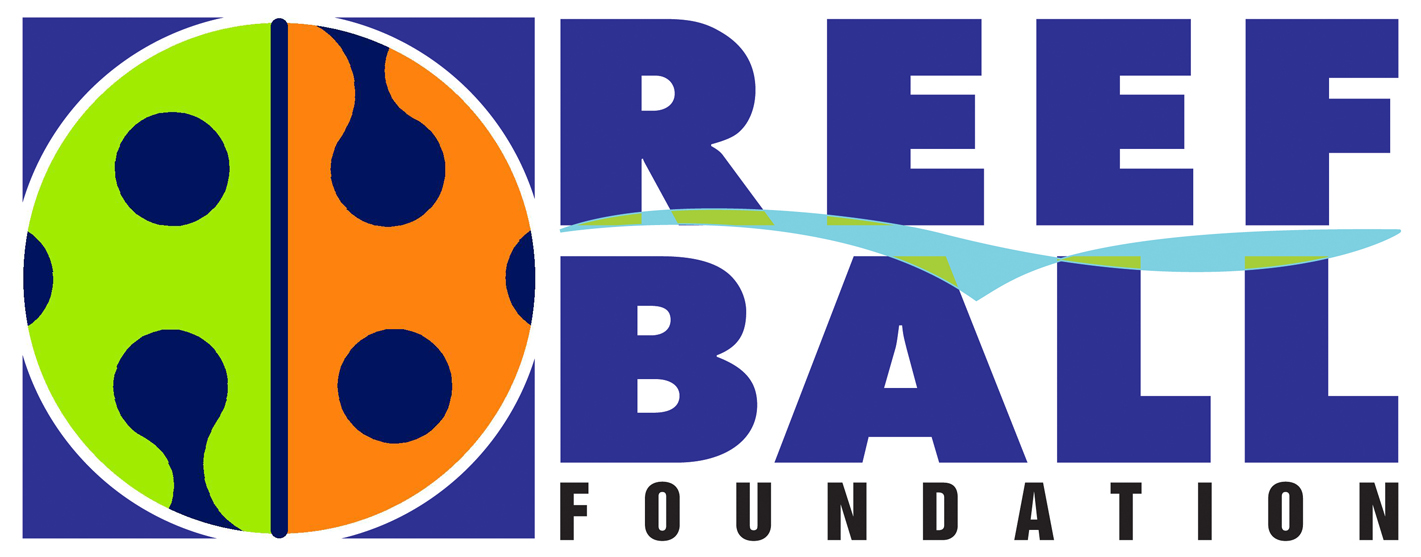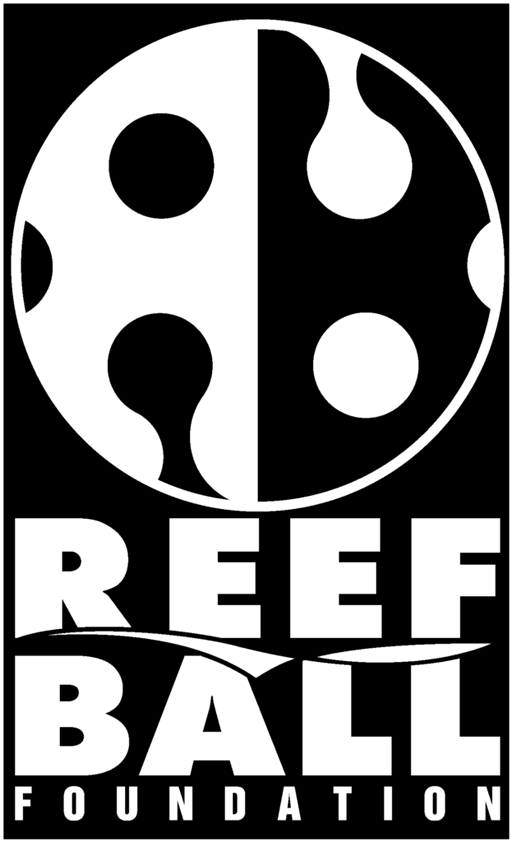materials not permitted in reef ball projects

Unsuitable Reef Materials
We are constantly being asked about other types of materials and what makes a good reef. The first question that must be asked is where the materials are being placed. If placement is to occur in waters that support corals, the range of useful materials is greatly reduced.
Not Suitable For Any Location
Tires - they leach toxins and very little grows on them plus they move in storms tearing up the natural reef
Cars/Airplanes - Too light to be stable in storms
Copper, Zinc, Brass - Toxic to several forms of marine life
Wooden materials - Decomposes quickly, generally unstable but okay in certain areas (low energy cold waters)
Toxic materials or materials that contain toxins
Most plastics
Not Suitable For Waters With Corals
(Not recommended for other locations but acceptable)
Iron/Steel/Aluminum - Not suitable for coral growth and reproduction (Iron is biologically active and harmful to corals and other invertebrates.)
Materials with embedded fertilizers
Fiberglass - flexing cause corals to fall off
Non-pH neutral concrete - Okay, but a six month delay in growth should be expected, fouling community will not be natural species diversity.
Acceptable For Coral Inhabited Waters
Limestone boulders
pH neutral concrete (between 8.2-8.5 for sea water)
Iron only when fully embedded in low permeability concrete with a corrosion inhibitor admixture
PVC plastics when partially embedded in concrete for stability
NOTE: THIS IS NOT A COMPREHENSIVE LIST. IF YOU HAVE SPECIFIC QUESTIONS REGARDING THE USE OF A MATERIAL, CONTACT US AND WE WILL GIVE YOU OUR EVALUATIONS.
Recent E-mail Response to Questions on Materials
1) Tires...not even legal with general permits in the US anymore...they move on the bottom due to low density and tear up existing natural reef, are suspected to leach toxins, and importantly, the "Fouling community" (the animals and plants that grow on the reef) is very limited and does not represent a naturally occurring community and tires have not been shown to support the basic food web which support reef life.
2) Other materials of opportunity.
- Anything with iron content: Iron is biologically active and actually quite rare in the sea (in ionic form) due to the higher pH of seawater. Therefore it is not a suitable substrate for natural reef growth because 1) It stimulates algae growth which chokes out hard corals and other animal life that attaches itself to the reef, 2) It eventually rusts so long term animals (again such as corals) fall off before they reach maturity, 3) As with tires, the "fouling community" is not natural in terms of species diversity or population densities.
However, heavy gauge steel with sufficient thickness seem to have an ability to support natural reef growths since the fouling community can presumably seal the iron allowing a more natural reef to develop over the structure. The key here seems to be that the material be durable enough to last several years allowing the iron to be sealed. This may not, however, be the case in areas of high scouring action where the iron can be continually exposed due to sand blasting effects.
- Tall Structures: Fish can "hear" a reef (this is what their lateral line is for) when a current passes over it creating signatures in the 2-10 Mhz range. This creates a powerful instinctual attraction function. Very tall structures exaggerate this sound which causes a higher than normal population density around these materials. Even when the material has enough surface area and complexity to support fish that "make a living" on the reef, other fish such as grouper that are dependent on foraging the sands near the reef for crustaceans and other critters can deplete the surrounding food supplies and then presumably growth rates could become depressed which might result in lower egg production, etc.
- Structures without high complexity. It has been proven that reefs with high complexity help to produce fish by protecting young fish from depredation. This is critical to most reef species that do not suffer a shortage of food or eggs, especially when less than about an inch. When the production / protection of young fish is a goal in the project, Reef Balls benefit from the addition of additional materials such as natural rocks in the center cavity.
- Concrete rubble/culverts, generally a better material when no iron rebar is present in the concrete and when it has been several years since the concrete was cast (this brings the pH of the concrete down to near that of natural seawater). However, culverts can move around due to their round shape and equally distributed mass and if not properly sited, this has a potential to damage nearby natural reefs. Culverts, unless special care is taken in preparation and deployment don't generally offer high complexity, but moderate complexity is possible. (Such as punching holes in the sites of culverts and putting smaller culverts inside of larger ones).
- Limestone Boulders, a superior material in terms of the fouling community but unless piled, complexity may be low. When piled, the cost of this material is usually prohibitive. (A nine ton limestone bolder is roughly the same size as a single reef ball without any complexity and when barging rates are $25-50/ton it just does not make good economic sense)
Other Material Considerations
We consider a good material to be:
1) Proven stable in storms, this generally requires very dense materials of moderate to low profile.
2) Contains No toxins (heavy metals, petroleum, PCBs, etc)
3) Contains no biologically active compounds (iron, copper, fertilizers, vitamins, etc.)
4) Surface is rough, textured and near the pH of natural seawater (8.3-8.4)
5) Offers high complexity (multiple entrances, exits and places where fish can swim to shelter in at least 3 different directions)
6) Offers at least one internal cavity which fish can use to shelter from currents
7) long lasting material which should last at least 50-100 years...longer if in the tropics.
8) The Reef creates a similar species and population density of all marine life when compared to natural reefs in the same area.
9) And of course since the Reef Ball group is made up of divers, we like to see things that look natural or are interesting.


